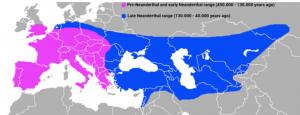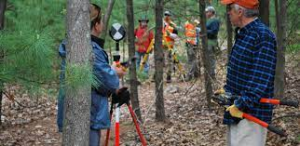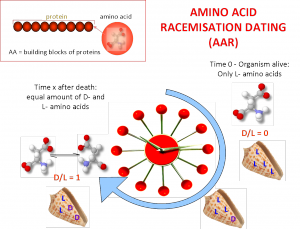Cabinets of curiosities were a phenomenon of the European elite throughout the sixteenth and seventeenth centuries that sought to understand and summarize the expanding world. This craze involved the aristocracy dedicating a space in their interior towards the collection of rare items. These rooms were heavily decorated and filled with drawers and sections containing objects that often didn’t contain a unifying link beyond their ability to produce awe and intrigue (“What is a…” n.d.). Collections greatly differed and were known under different names, often being called wunderkammer, meaning wonders or miracles of the world (“What is a…” n.d.).
The origin of these rooms of collection is due to the nature of both the time period and the European elite. Collection is a human trait and has become embedded in current culture through the presence of modern museums. What specifically stemmed this desire towards collection during the era of the Renaissance was the emphasis on exploration and discovery. This period of time included a vast increase in travel and a shift of focus away from the Mediterranean. When exploring the uncertainty of the corners of the world, there was a need to classify, organize, and familiarize the influx of knowledge and materials that were being discovered (Yaya 2008). The cabinets acted as a way to frame the unfamiliar information in a comfortable and digestible way. This behavior was able to satisfy the Europeans’ object of wonder and curiosity for the “exotic”. The possession of the rare and exotic allowed someone to reconstruct the understanding of the world by assembling their own “microcosm” of the universe (Yaya 2008).

Image 2. An illustration of a group of elite admiring and discussing a collection of animal artifacts.
A central feature of the cabinet of curiosities was the social aspect as they were designed for the accessibility of visitors. The intention of the collections was for others to be able to come and discuss what the owner had curated. While the collections were partly for personal intrigue and classification of knowledge, they were also a show of social prestige. The collections showed that one was an intellectual and educated man of taste (Arnold 2012). The grand size of collections and the exotic nature of the exhibits were signs that the owner was both wealthy and well traveled. The philosophical speculation acted as entertainment for the nobility that was intellectually stimulating (Arnold 2012). Somebody who could engage in knowledgeable conversation was well informed and by association, those who were invited to come witness the attractions were also considered men of taste. Scholars and nobility sought to amuse themselves with discussion and debate above gossip and cards, hobbies of the less educated. The curation of collections was for the socially ambitious and the most prestigious of collections could even entice visitors from all across Europe, even including royalty. The cabinets of curiosities are a representation of our desire to understand the past through what has been left behind.
References
Arnold, J. 2012. “The WWW cabinet of Curiosities: A Serendipitous Research Tool. Journal of Education and Learning, 1, no.2.
“What is a Cabinet of Curiosities?” Contemporary Issues in Archaeological Theory, Brown University.
Yaya, Isabel. 2008. “Wonders of America: The Curiosity Cabinet as a Site of Representation and Knowledge.” Journal of the History of Collections 20, no.2: 173-88
Further Readings
https://www.sothebysinstitute.com/news-and-events/news/cabinets-of-curiosities-and-the-origin-of-collecting




/https://tf-cmsv2-smithsonianmag-media.s3.amazonaws.com/filer/c6/9a/c69a9b65-928c-48c0-b1c3-50a2b467e793/idol2.jpg)















